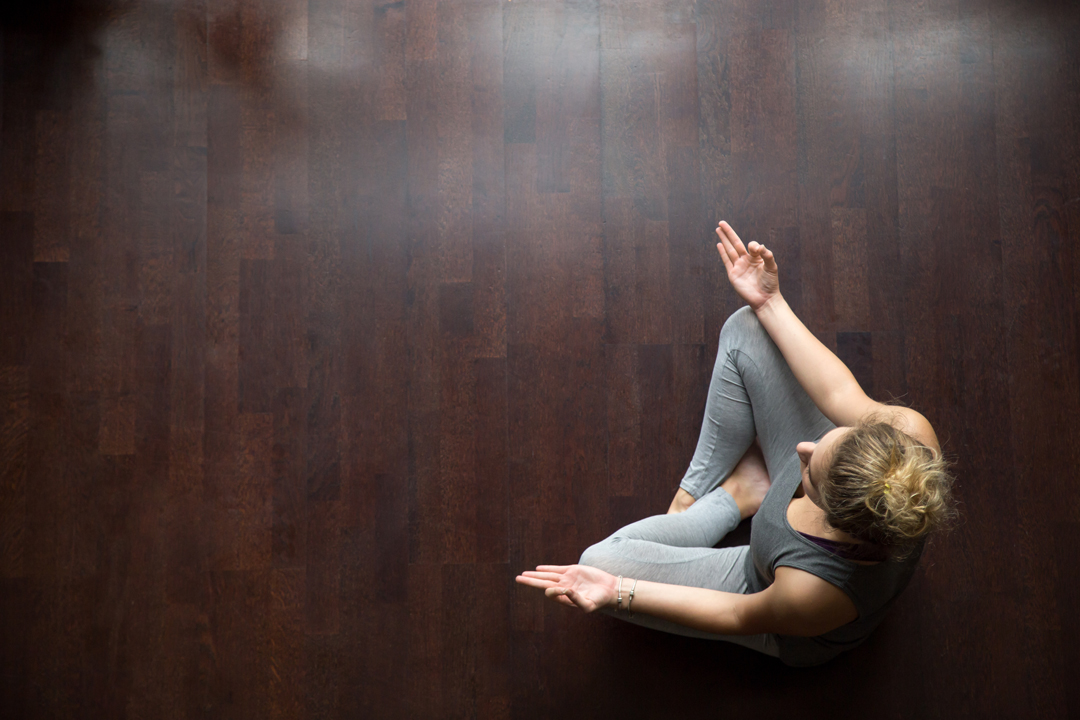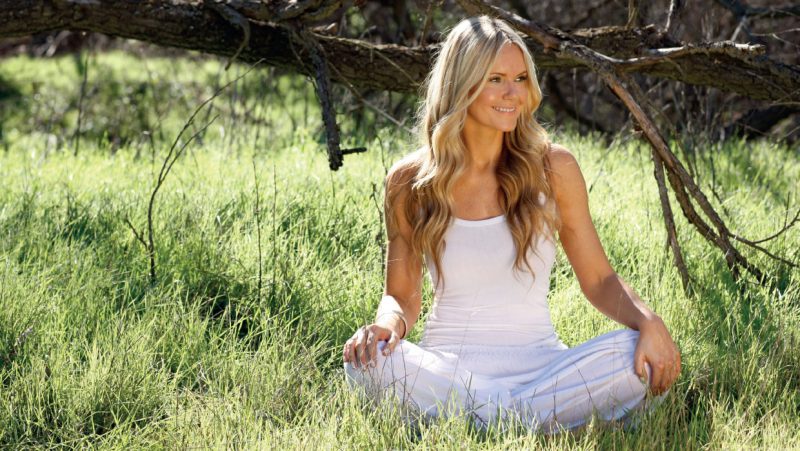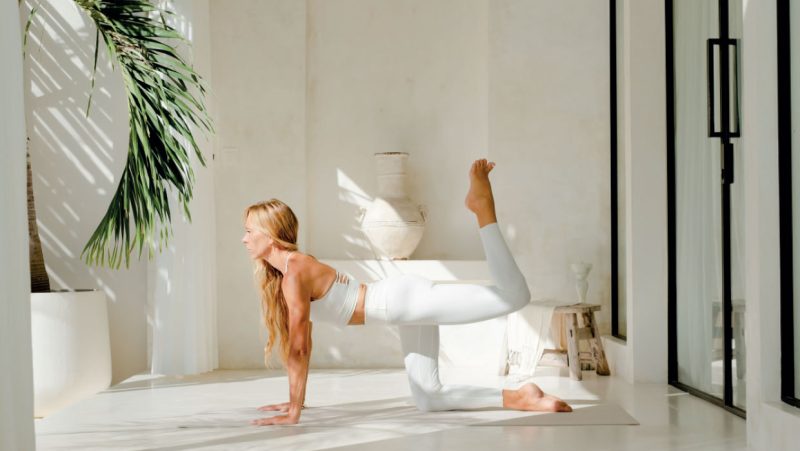
Beyond beginnings
6 things to help make your first yoga experience enjoyable and rewarding. By Dawn Wesselby
Feeling excited or apprehensive about your first class? Here are six things to consider that will help to make your first experience of yoga both enjoyable and rewarding:
1. Be honest about health
Whether you’re attending a class face to face or online, expect to be asked to complete a health questionnaire. This provides the tutor with information about any medical conditions or health issues. There are any number of physical and mental health issues that might be of relevance to your teacher so be honest. The more your teacher knows about you, the better your experience in class will be, because any appropriate changes and modifications can be made, without drawing attention to you personally. If it’s a face to face class, arrive a little before it is due to begin, because it can be daunting as a new practitioner walking into a room of people eagerly sat on their yoga mats. If it’s online, join early or ask to have 5 minutes with the teacher in private beforehand. Teachers should offer you the opportunity to discuss your health and assure you of confidentiality and compliance with GDPR regulations. You should feel confident that any health information disclosed will be respected.
2. Accept yourself
The media’s portrayal of yoga often focuses on challenging asana. Whilst this may be aspirational, the real power of yoga comes from acceptance of your body and your abilities. Some bodies are more anatomically designed to achieve certain asana (postures) than others even if they have no previous yoga experience, so don’t be disheartened if you can’t do something that somebody else achieves with apparent ease. Remember, your body is unique and so your yoga asana will be unique to you too. Yoga should not be painful. If you are struggling with a particular asana, ask the teacher for a modification; it’s surprising how moving a hand or foot slightly, or the use of yoga props, can make an asana more achievable.
3. Set realistic expectations
There is often the desire or expectation to make changes in the new year. Be realistic in those expectations in order to feel satisfaction instead of disappointment. If you’ve spent the festive period or perhaps the whole of lockdown being sedentary, it will take time for you to release any stiffness and improve mobility. A key tenet of yoga is ahimsa (non-harming) and this applies to yourself as well as towards others. Celebrate what you can do rather than worry about what you can’t.
Try not to ‘end gain’ in asana; observe the journey, notice those muscles you didn’t even know you had waking up. It is tempting to strive towards an asana, but progress can often be made much quicker with patience, allowing the body time to assimilate new movement patterns. Like trying to catch a chicken by chasing it, you can end up running about and achieving nothing; if you sit quietly and hold out some corn the chicken will come to you. In other words, don’t force anything, work at the edge of feeling the stretch and the body will feel safe and release more deeply much quicker.
4. Keep breathing
Don’t forget to breathe. Although this may seem obvious, it’s quite common for people to hold their breath, especially if an asana is challenging. Your teacher may be instructing you on when to inhale or exhale if it is difficult to follow or keep up, so remember to just keep breathing. It’s your first class and you are getting to grips with lots of unusual moves, the correct breathing will come with practice so don’t worry too much. The key thing to remember is to keep breathing.
5. Commit to yourself
Most classes will end with Savasana (corpse pose) and it can be tempting to leave the class during this part if you find it difficult to be still due to a busy mind. Perhaps you might start to feel agitated but stay with it. It will not be the Savasana that is making you agitated, it is merely providing you with the space to observe your inner agitation. This is an important part of the practice of yoga so make a commitment to stay right through the class. Experienced teachers will have a ‘whole class plan’ and the relaxation is a key part of that. Over time, you will notice the fluctuations of the mind gradually reduce. Or you might find yourself drifting in and out of sleep. Teachers will not mind if this happens, it is not uncommon for people to drift off.
6. Embrace inexperience
Being a beginner is one of the best times as a yoga practitioner. Approaching your practice with a beginner’s mind (not bringing preconceived ideas of what to expect) becomes more challenging over time and yet, it is the key to being present in the moment. Celebrate your beginnings: they will lead you to your own unique experience. Beyond the equipment, the clothing, the style and the teacher, there is you. Enjoy your practice by allowing yourself to be at the centre of it.
Dawn Wesselby, BWY Chair (BWY.org.uk)
Yoga for Beginners







